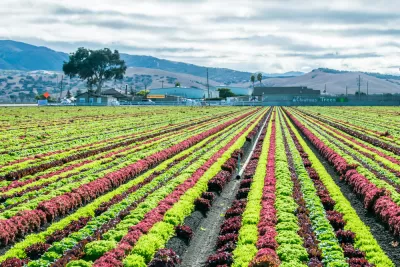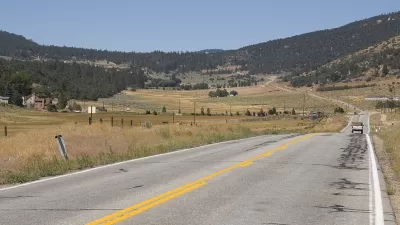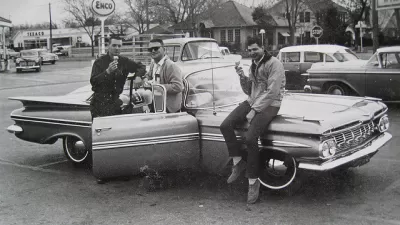The effort to debunk common myths about rural America in academia and the news media continues.

An article by Anne Junod, Clare Salerno, and Corianne Payton Scally notes that the "drive-by" journalism of recent years—reporters from major national or urban publications "flocking" to rural areas to find out what happened in the 2016 election—is creating persistent but false depictions of life in rural America.
The problem of drive-by journalism is exacerbated by the closing of newsroom in many small metropolitan areas and rural areas, meaning that local perspectives are suddenly less available.
Junod, Salerno, and Payton Scally focus on three myths in particular in an effort to debunk some of these harmful mischaraterizations:
- Rural America is the white, agricultural "heartland."
- Poor, rural people live in "cultures of poverty."
- "Rural" is a singular voting bloc.
After providing evidence to counter each of those claims, the article also provides recommendations for strengthening research and reporting in rural settings.
- Understand that rural issues are urban issues are suburban issues.
- Develop and invest in rural cultural competencies.
- Report on rural opportunities and assets in addition to challenges.
FULL STORY: Debunking Three Myths about Rural America

Planetizen Federal Action Tracker
A weekly monitor of how Trump’s orders and actions are impacting planners and planning in America.

Congressman Proposes Bill to Rename DC Metro “Trump Train”
The Make Autorail Great Again Act would withhold federal funding to the system until the Washington Metropolitan Area Transit Authority (WMATA), rebrands as the Washington Metropolitan Authority for Greater Access (WMAGA).

DARTSpace Platform Streamlines Dallas TOD Application Process
The Dallas transit agency hopes a shorter permitting timeline will boost transit-oriented development around rail stations.

Renters Now Outnumber Homeowners in Over 200 US Suburbs
High housing costs in city centers and the new-found flexibility offered by remote work are pushing more renters to suburban areas.

The Tiny, Adorable $7,000 Car Turning Japan Onto EVs
The single seat Mibot charges from a regular plug as quickly as an iPad, and is about half the price of an average EV.

Supreme Court Ruling in Pipeline Case Guts Federal Environmental Law
The decision limits the scope of a federal law that mandates extensive environmental impact reviews of energy, infrastructure, and transportation projects.
Urban Design for Planners 1: Software Tools
This six-course series explores essential urban design concepts using open source software and equips planners with the tools they need to participate fully in the urban design process.
Planning for Universal Design
Learn the tools for implementing Universal Design in planning regulations.
Municipality of Princeton
Roanoke Valley-Alleghany Regional Commission
City of Mt Shasta
City of Camden Redevelopment Agency
City of Astoria
Transportation Research & Education Center (TREC) at Portland State University
US High Speed Rail Association
City of Camden Redevelopment Agency
Municipality of Princeton (NJ)





























